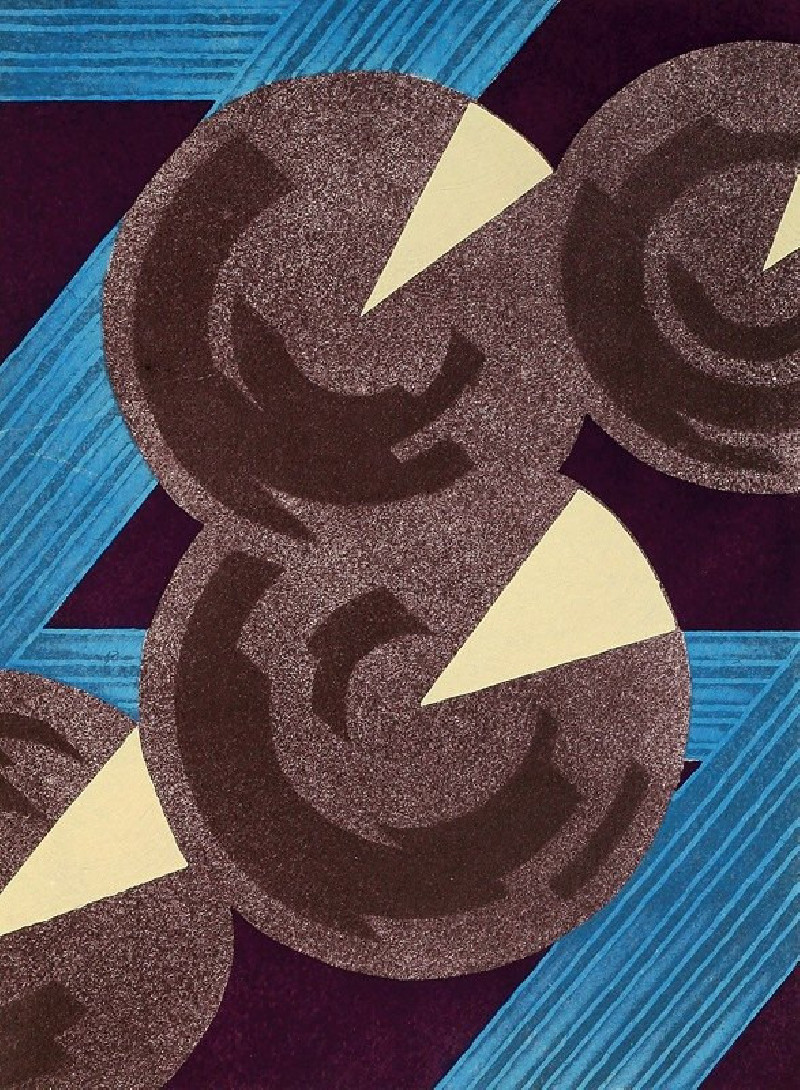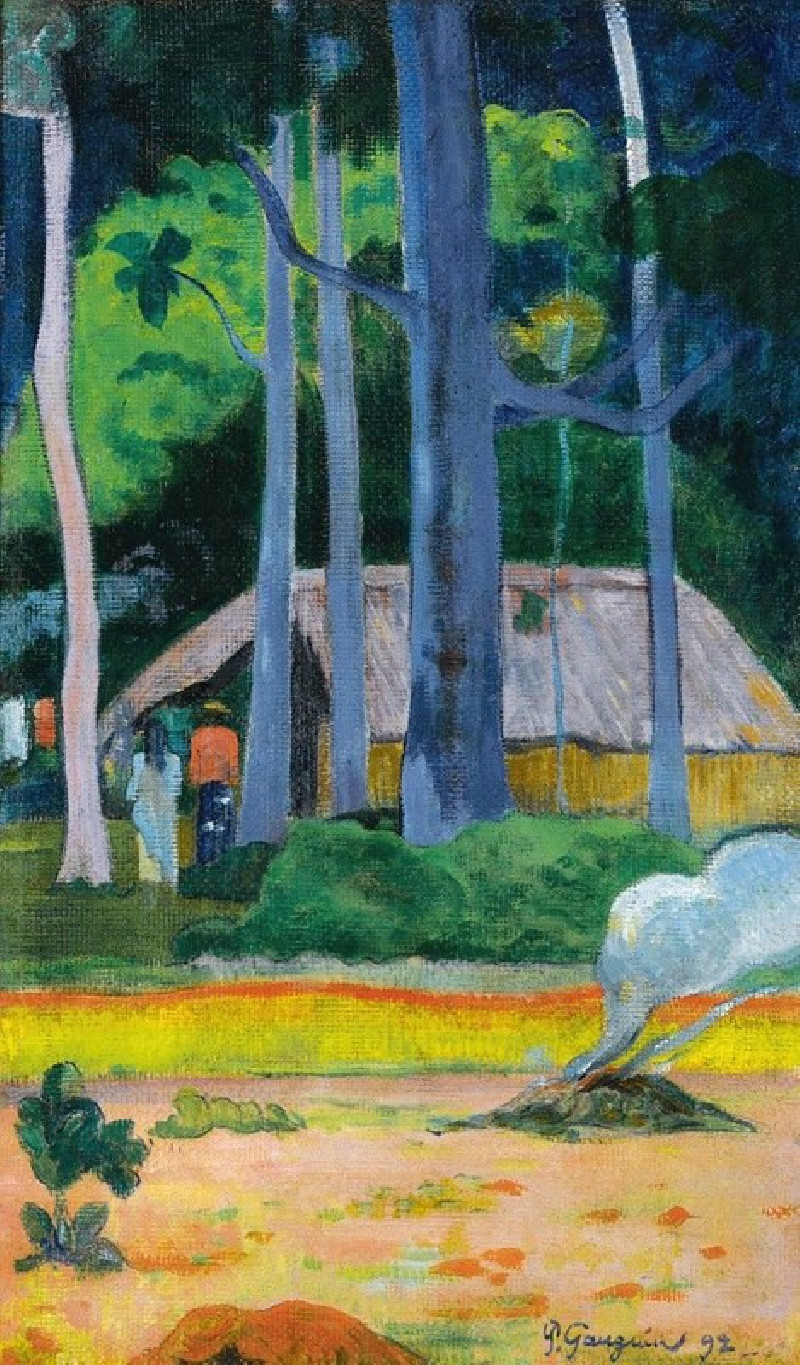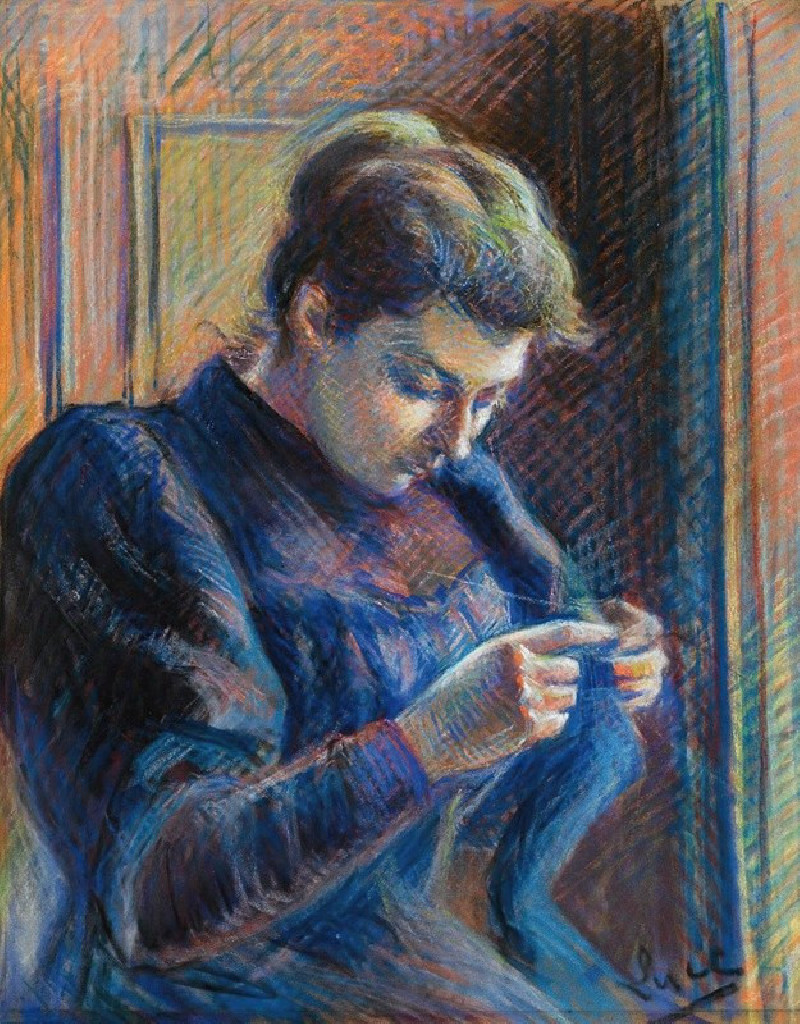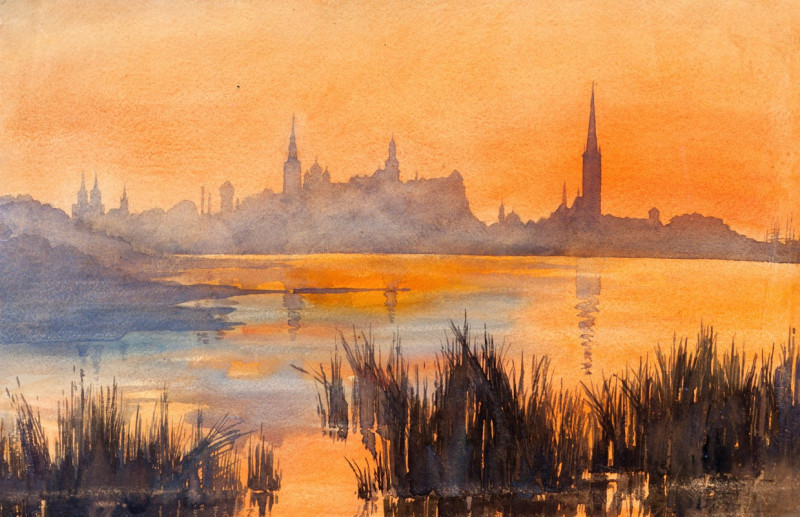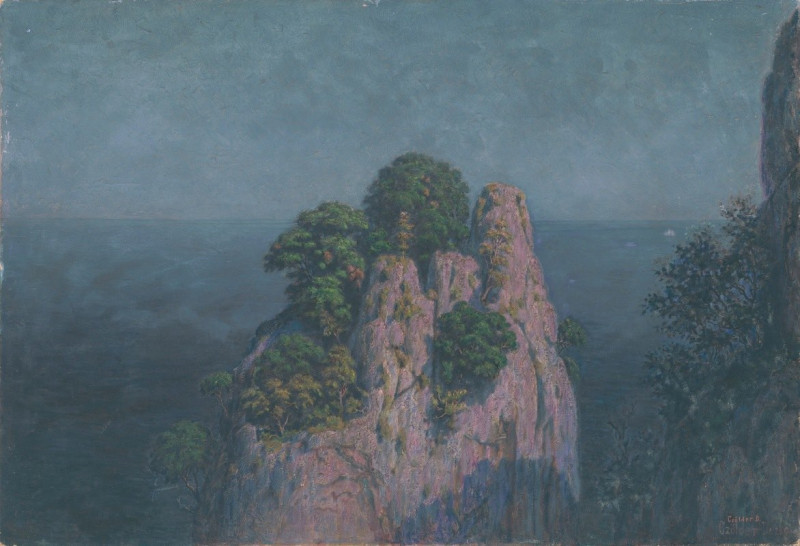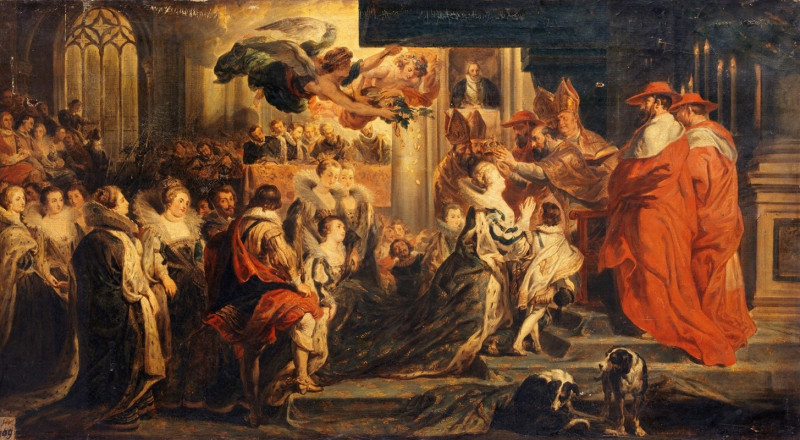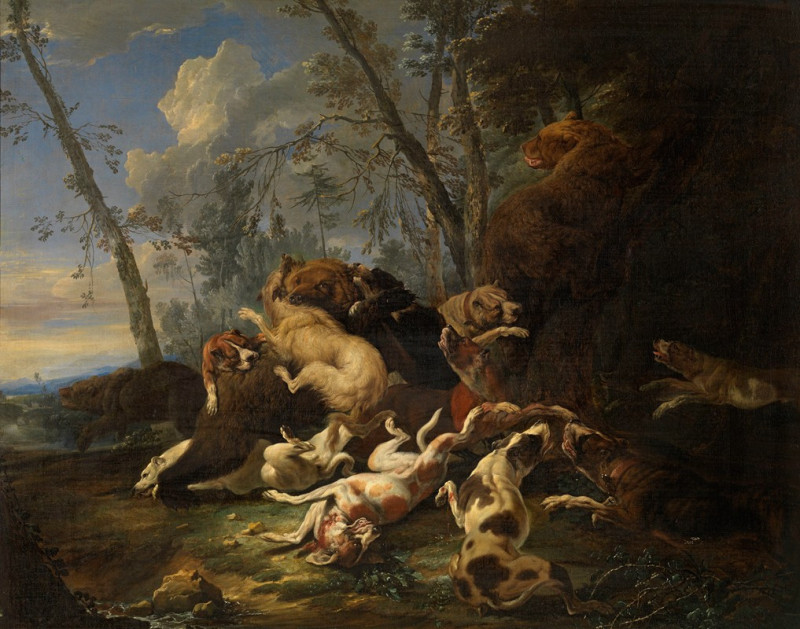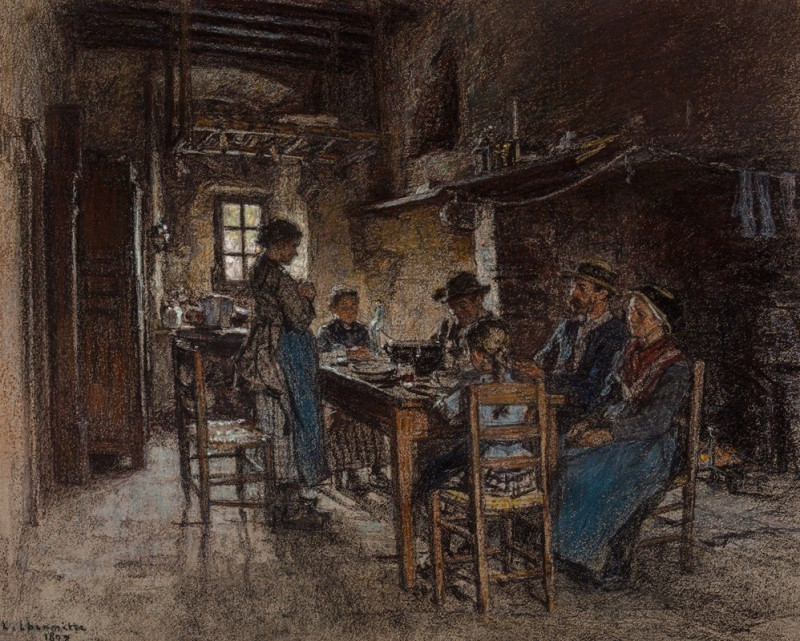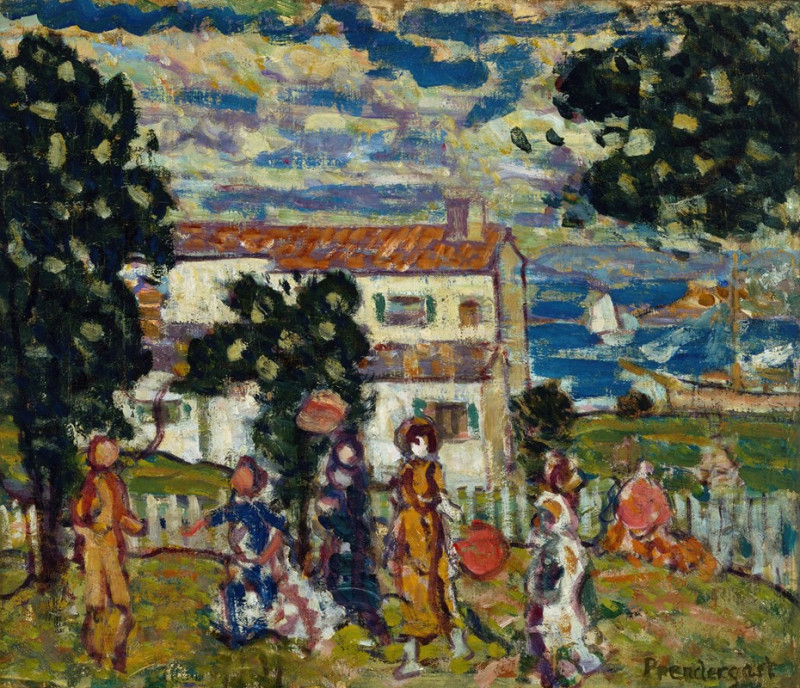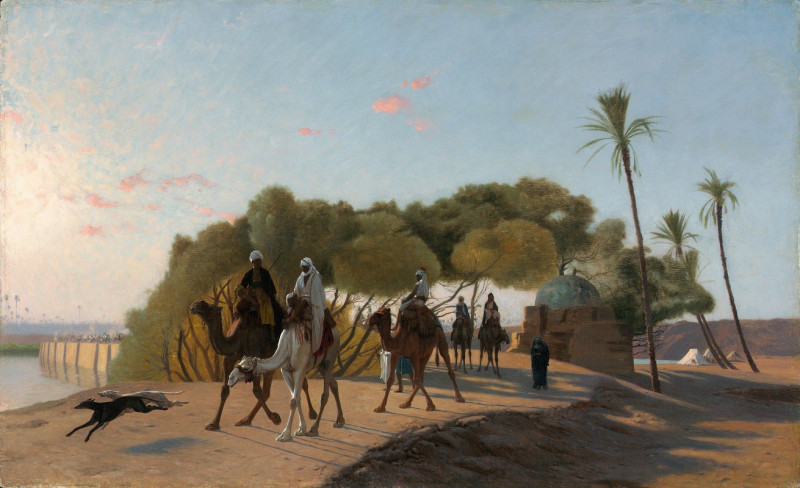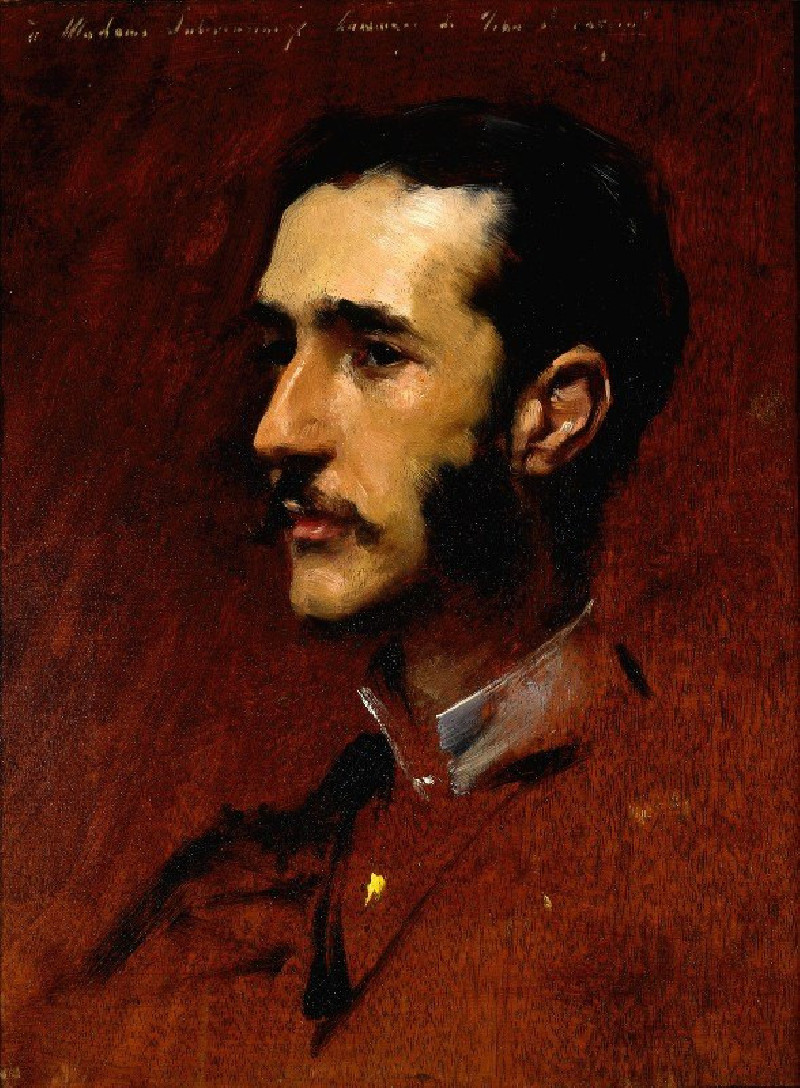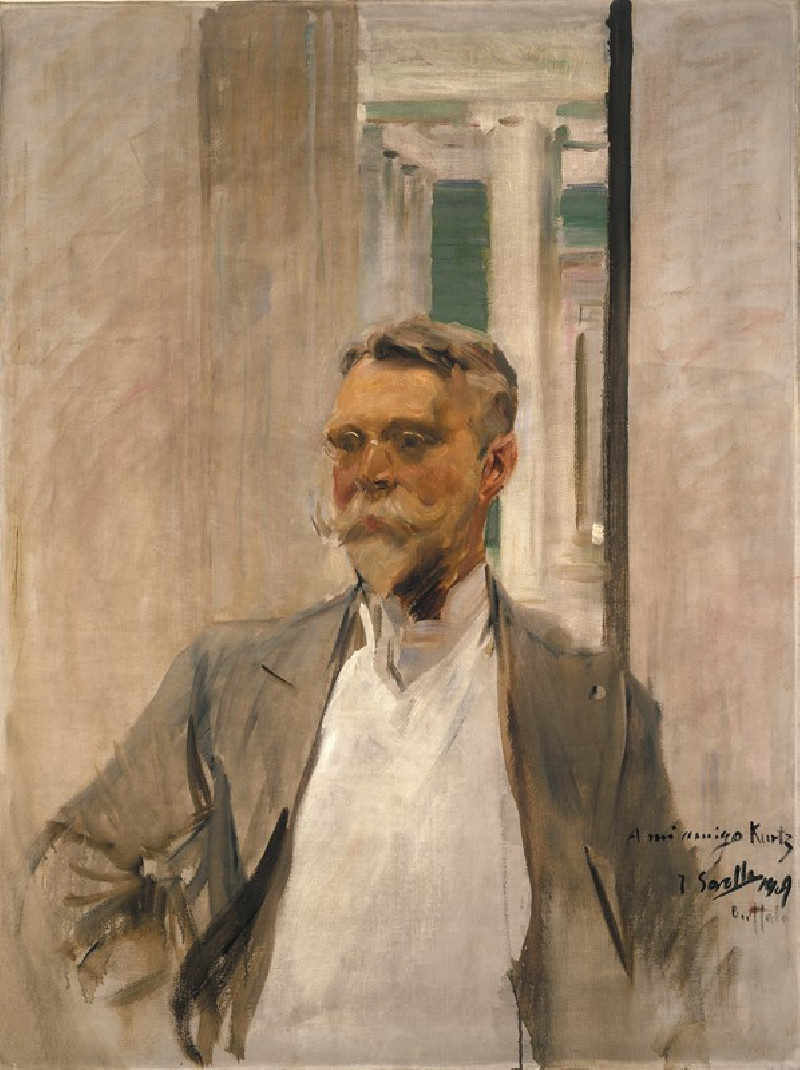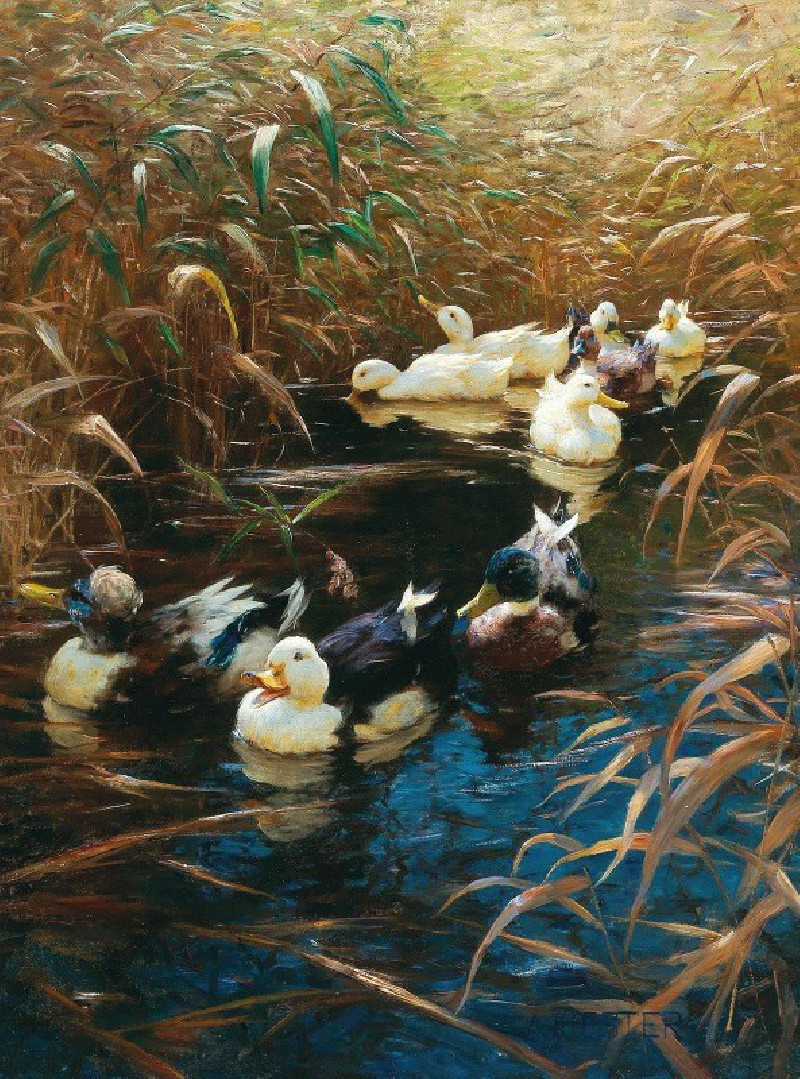Liegender weiblicher Akt (1909-1911)
Technique: Giclée quality print
Recommended by our customers
More about this artwork
"Liegender weiblicher Akt" (Lying Female Nude) by Ernst Ludwig Kirchner, created between 1909 and 1911, captures a compelling expression of the human form through evocative, minimal lines. This sketch depicts a female nude in a relaxed, yet somewhat tangled pose that suggests both vulnerability and a casual sensuality.Kirchner, a pioneer of the German Expressionist movement, uses a flowing, almost erratic line style that creates a vivid impression of movement and emotion. This artwork, primarily executed in pencil, showcases his ability to convey depth and form with surprising simplicity. The dynamic strokes and the sparse use of shading invite viewers to focus not just on the figure's physical shape but also on the psychological ambiance ensconced within the posture and abstract lines.This piece exemplifies Kirchner's fascination with the raw portrayal of human figures and his mastery in using minimalist techniques to evoke a strong, emotional response.
Delivery
Returns
Ernst Ludwig Kirchner (1880–1938) was one of the most important German Expressionist painters. He was a co-founder of Die Brücke, a group of German expressionist artists formed in Dresden in 1905. Die Brücke and Kirchner took inspiration from Vincent Van Gogh and Edvard Munch, as well as African and Oceanic art. They used woodblock printing as a medium to showcase their signature style: flat, unrealistic images with vivid colors. The recurring themes in Kirchner's artworks included exotic cultures, faraway landscapes, self-portraits, dancers and Berlin street life. His paintings and prints effectively portrayed non-European cultures despite the fact that he never traveled outside of Europe.

































